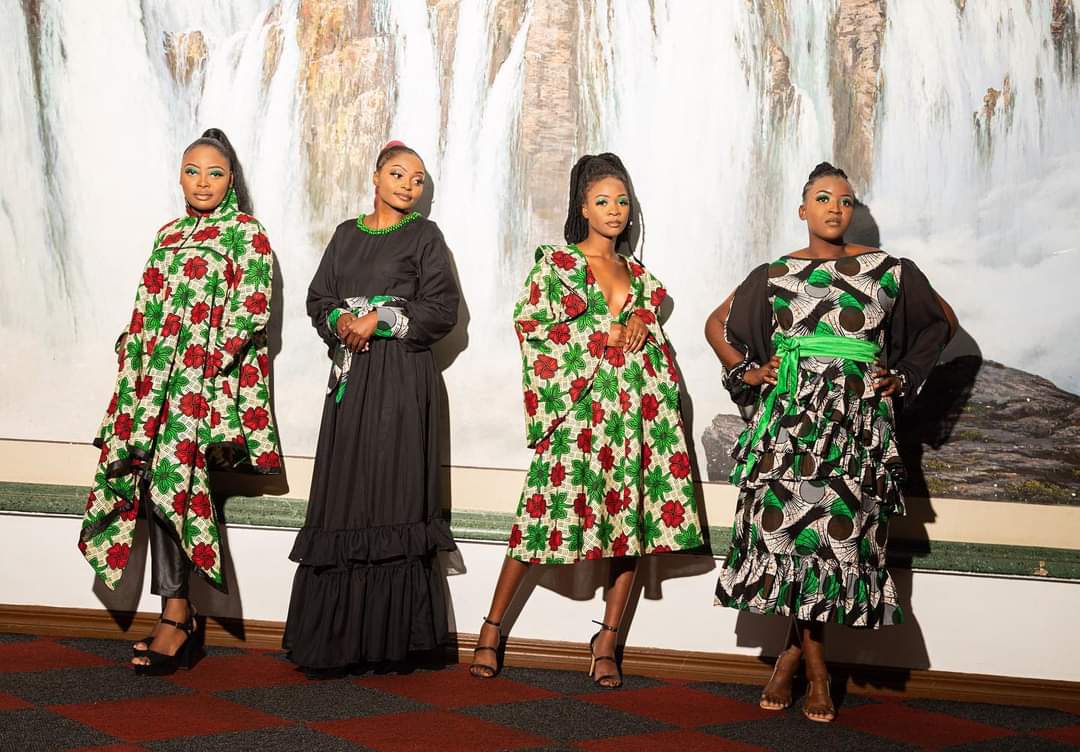Zambia, a country rich in cultural diversity, boasts a vibrant tapestry of traditional clothing that reflects its heritage and history. Traditional attire in Zambia is not just about fashion; it’s a symbol of cultural identity, worn proudly during ceremonies, rituals, and daily life. Let’s delve into some of the most popular traditional clothes in Zambia, each with its own unique story and significance.
1. Chitenge
The chitenge is perhaps the most iconic piece of traditional clothing in Zambia. It is a colorful, rectangular piece of fabric often worn by women around their waist or as a baby sling, and by men as a wrap or tied around the shoulders. Chitenges are made from cotton and adorned with vibrant patterns, symbols, and motifs that hold cultural meanings. They are versatile and used in various ways, from everyday wear to special occasions like weddings and ceremonies.
2. Bemba Attire
The Bemba people, one of Zambia’s largest ethnic groups, have distinctive traditional attire. For men, this includes the isikola, a wrap-around cloth worn around the waist, sometimes paired with a matching shirt or jacket. Women wear chitambala, a skirt made from chitenge fabric, often adorned with intricate beadwork or embroidery. Both men and women accessorize with colorful bead necklaces, bracelets, and headdresses.
3. Lozi Attire
The Lozi people, known for their rich cultural heritage, have traditional attire that reflects their royal history. Men wear the sikoti, a knee-length wrap made from animal skins or decorated fabric, along with a headband and sometimes a blanket draped over one shoulder. Women wear the salaula, a skirt made from chitenge fabric, paired with a decorated headpiece and beaded jewelry. These outfits are worn during traditional ceremonies such as the Kuomboka, a famous annual event.
4. Tonga Attire
The Tonga people, primarily found in southern Zambia, have traditional attire that is simple yet elegant. Men wear the chitambala, a wrap-around cloth similar to the Bemba isikola, often in earth tones and paired with a plain shirt. Women wear the chitenge skirt and accessorize with beaded necklaces and bracelets. Their attire reflects a pastoral lifestyle and is worn during ceremonies and community gatherings.
5. Lunda Attire
The Lunda people, located in northwestern Zambia, have distinctive traditional attire that includes the mweshi, a wrap-around cloth worn by both men and women. The mweshi is often decorated with geometric patterns and worn with a shirt or blouse. Women additionally wear a headwrap and adorn themselves with beadwork and cowrie shell jewelry. The Lunda attire is symbolic of their cultural pride and heritage.
Preserving Cultural Identity
In Zambia, traditional attire is more than just clothing; it’s a way of preserving cultural identity and passing down traditions from generation to generation. While modern fashion trends have influenced urban areas, traditional clothing remains deeply rooted in rural communities and is celebrated during festivals and important life events.
Zambia’s traditional attire is a colorful mosaic that reflects the country’s diverse ethnic groups and rich cultural history. From the versatile chitenge to the intricate beadwork and animal skins of various tribes, each piece of clothing tells a story of tradition, identity, and community. As Zambia continues to evolve, its traditional attire stands as a testament to the enduring pride and heritage of its people.






